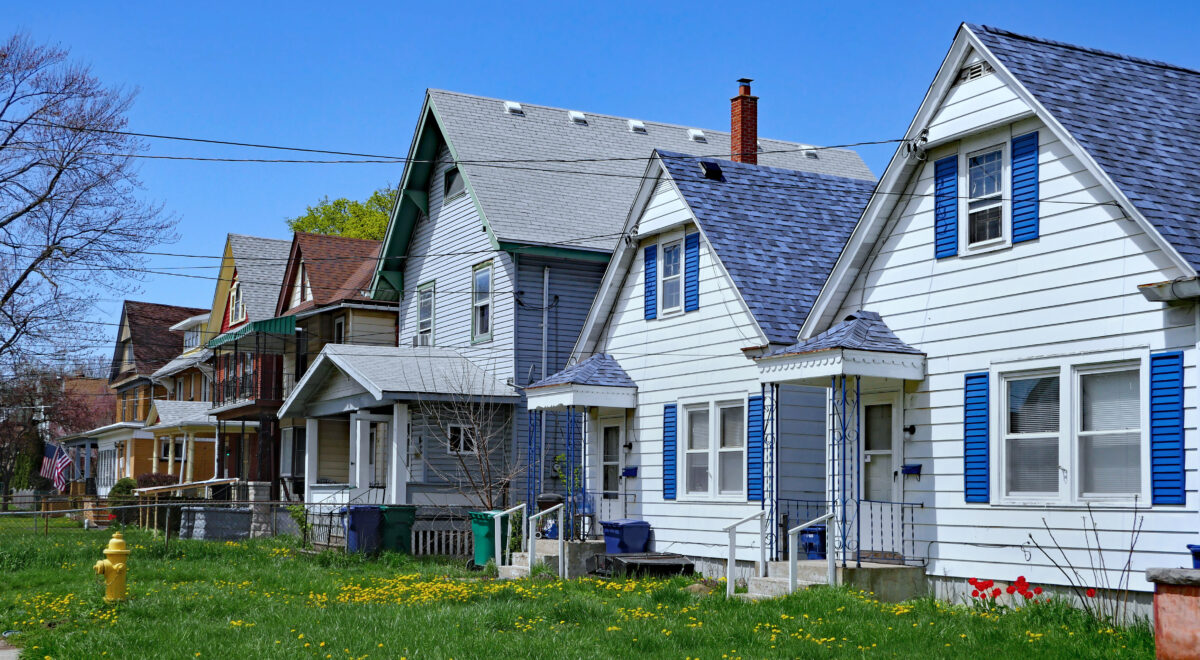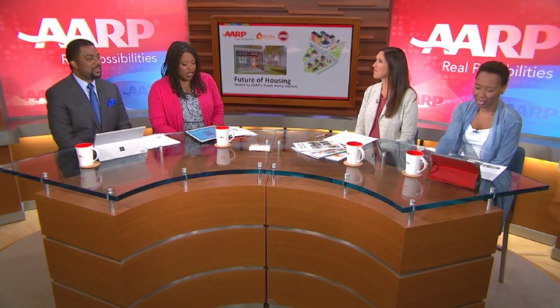AARP Hearing Center
Trend Snapshot
The root causes of the affordable housing crisis—rising housing costs, insufficient supply of smaller homes, and growing income inequality—are likely to persist, if not worsen, over the next ten years. If left unaddressed, more people will struggle to afford rent, live in substandard housing, or reside in homes that have physical barriers that keep them isolated because they cannot find appropriate homes in their budget.
While housing costs have continued to climb, real wages have stagnated. Affordable housing options – housing that meets a range of income levels- are in low supply which means many households must sacrifice in other areas of their budget, such as healthcare needs, or groceries. For others, budget constraints mean they are living in sub-optimal housing for their household. Homelessness has also increased.





































































